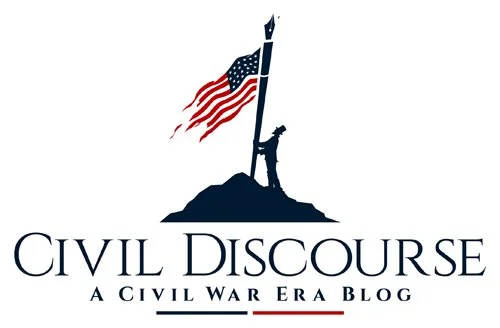"Arkansas Would Ever Remain Under the Eagle": A Unionist’s View on Secession
/In May 1861, a “Western Arkansian” penned a passionate defense of Arkansas Unionism: “The people of western Arkansas, the true people, the bone and sinew of our land, are yet, in sentiment and at heart, for the preservation of our once glorious union.” By exploring the circumstances of Arkansas’s secession, we can better understand the anger of this unknown Unionist and the riven reality of Arkansas’s entry into the Confederacy.
Read More




















